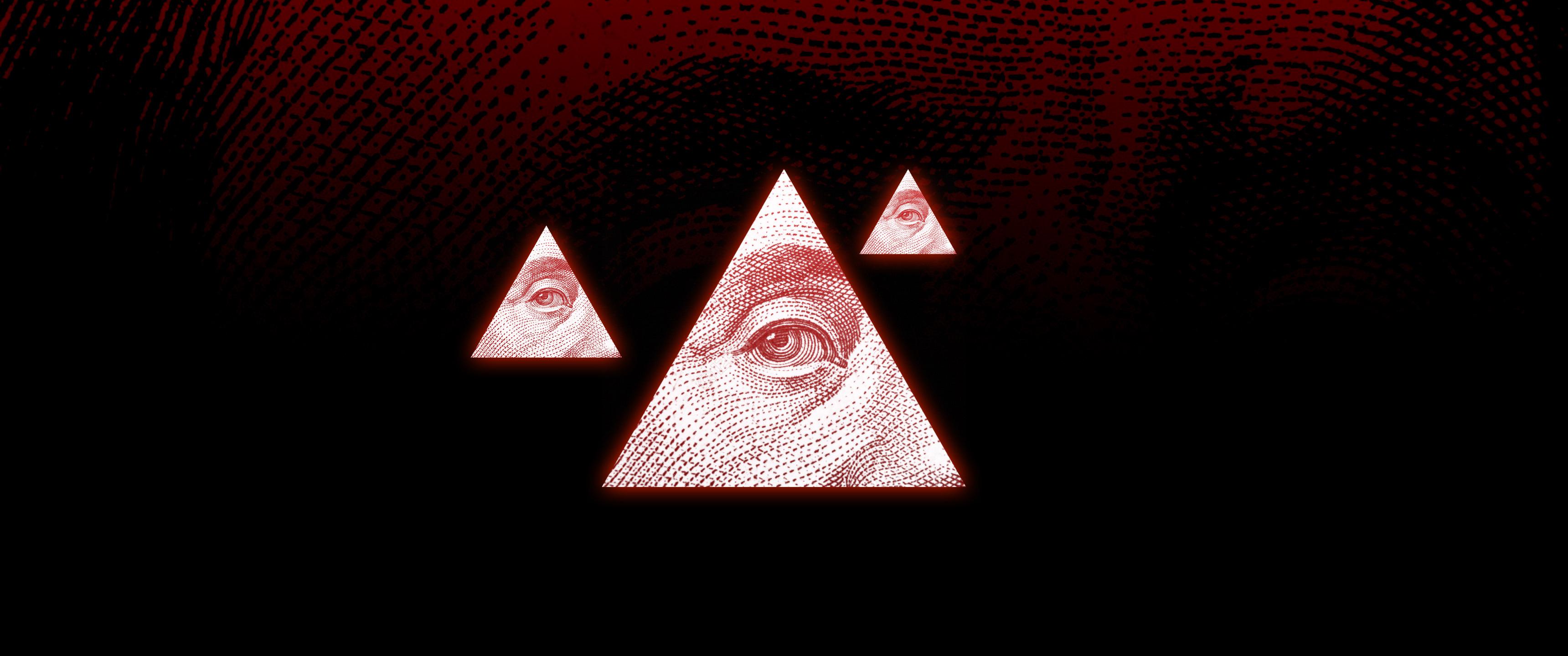This one is so grim, I love it.
It invokes for me the 1993 lecture from Rick Roderick about society… In any case, it starts with the body of the condemned, and the next chapter is about the spectacle of the scaffold and all of the ritual that goes along with these kind of ceremonies. When they are going to do this, you can imagine the streets of Paris, they are all abuzz, there is the spectacle, the scaffold. There are vendors, there are people that write little pamphlets about the executed. I mean, we have an American analogy to that, that’s like, you know, the little Billy the Kid pamphlets that were printed up in the early west about our great criminals and so on. Foucault asks this very interesting question. What was it that fuelled the interest in the criminal? Why was the criminal the star of this production, this scaffold, the spectacle of the scaffold? He’s the star! Well, the crowds became unruly because in many cases the courage of the criminal would become the legend of the spectacle. The courage, the tenacity and the bravery of the criminal would become the story. Well, reformers decided that this was not a healthy mode of punishment. Foucault cynically decides that perhaps it was not considered healthy because the wrong people were the stars of the show, not because it was too barbaric, and I think that that’s not only a cynical guess but he gives some evidence that that’s the case.
Oh yeah, for sure. The spectacle and near-‘festival’ atmosphere around the capture, trial, and execution of notable criminals of the era absolutely lionized the criminal in many cases.
There was also some amount of ghoulish fascination with particularly macabre crimes and criminals as well, but The State was already very close to being the bad guy for the average bloke in that era, so criminals whose acts were relatable, daring, or ‘noble’ somehow also were turned into backalley heroes via the spectacle of their trial and execution.
Too soon!
I need to digest first, too.




